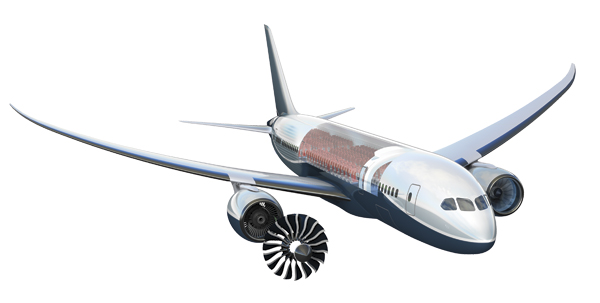Pilonidal cysts are often defined as epithelial defects of the sacrococcygeal region representing developmental remnants of hair follicles or cysts. Pilonidal cysts are often confused with abscesses and boils, but pilonidal cysts contain hair, skin, and debris instead of pus. These cysts can be found anywhere on the body, but they usually occur on the human tailbone or gluteal cleft. Pilonidal cysts are most prevalent in young, male Caucasians.
People with thick or curly hair are at a higher risk of having pilonidal cysts. Genetics also play a significant role in the prevalence of pilonidal cysts; if one of the patient’s parents had pilonidal cysts, the prevalence would increase. This condition is rarely fatal, but these cysts can become infected and enlarge if not adequately treated. You should see a specialist in Pilonidal Cysts in Overland Park once you notice any symptoms.
Symptoms
Symptoms of pilonidal cysts include pain, tenderness, reddening around the tip of the tailbone, drainage of pus or blood from the cyst, and fever. These symptoms may increase after sitting or straining and diminish when the patient lies down. Pilonidal cysts are often mistaken for abscesses and boils, but pilonidal cysts contain hair, skin, and debris instead of pus. These cysts can be found anywhere on the body, but they usually occur on the human tailbone or gluteal cleft.
In some patients, pilonidal cysts can become infected and enlarge. If left untreated, these expandable cysts may rupture through the skin, causing deep open sores, leading to chronic or recurrent abscesses. Some individuals experience pain that is difficult to tolerate. These symptoms typically cause significant distress and decrease their quality of life.
Causes
The cause of pilonidal cysts is poorly understood; however, it has been seen that people with thick or curly hair are at a higher risk of having pilonidal cysts. Genetics also play a significant role in the prevalence of pilonidal cysts; if one of the patient’s parents had pilonidal cysts, the majority would increase. It is also believed that obesity may contribute to pilonidal cysts by increasing intra-abdominal pressure and putting stress on the tailbone when sitting.
Treatment
Treatment varies depending on the symptoms. There are two major types of pilonidal cyst treatment: surgical and nonsurgical. Nonsurgical treatments include excision of the sac, administration of antibiotics, and pain medication. However, there is a high recurrence rate for patients who opt for this type of treatment. Surgical procedures to remove the cyst include marsupialization, simple excision, and excision with tailbone repair. Marsupialization is a procedure in which the sac is stitched to surrounding tissue to stay open and allow for easy drainage of fluids.
The patient would typically have a second surgery after a couple of weeks to complete healing of the incision. Simple excision is a procedure in which the entire cyst is excised, including surrounding tissue. The patient would then wear a special dressing that expands with air to prevent adhesions from forming between the incision and tailbone.
In summary, pilonidal cysts cause symptoms such as pain, tenderness, and reddening around the tip of the tailbone. While the cause remains unknown, you are at risk if you have thick hair, a family history of the condition, or obesity. Treatment varies depending on your symptoms, but you can benefit from surgical and nonsurgical treatments.



